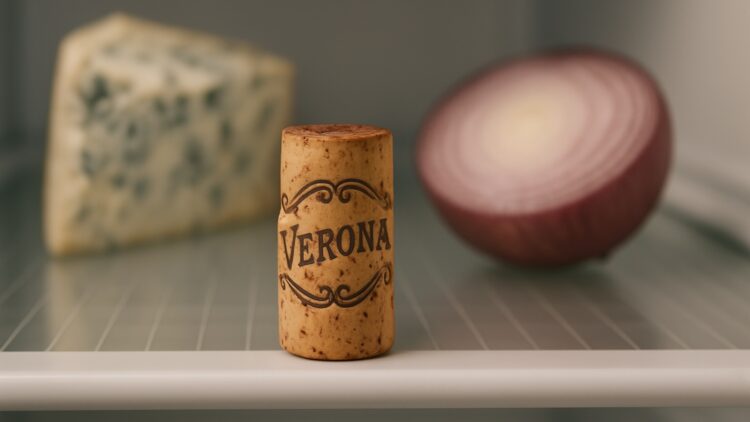Surely you’ve had the experience of opening the refrigerator and suddenly—Bang!—you get hit by a dreadful smell coming from that slightly open Tupperware container you should have thrown out a fortnight ago. Or worse, that strong cheese you were given as a gift has mixed with the broccoli, and now all your fresh fruit smells like Roquefort. We’ve all had problems with bad smells in the fridge (at least to a greater or lesser extent), but that doesn’t mean we have to resign ourselves to having a smelly fridge that we’re embarrassed to open in front of visitors.
This is where the viral solution comes in, which is homemade, practical, and costs you hardly anything… Especially if you’re a fan of drinking wine. We’re talking about natural corks, and although they’re not a substitute for the cleaning you know you have to do in your refrigerator, they do help absorb bad odours and maintain a sustainable balance in your refrigerator.
Does the cork in the fridge work?
The effectiveness of natural cork in absorbing odours relies on its structural composition. Unlike plastic wood substitutes, natural cork is not a compact solid, but rather (at the microscopic level) a mesh of cells. These cells are filled with air, and it is estimated that there are 140 million of them per cubic centimeter of natural cork. In other words, a simple wine bottle cork has extreme porosity, which helps it act as an “aromatic sponge.”
It works by extracting the stale particles that float in the cold environment of the refrigerator. It is a mechanism very similar to that used by baking soda or activated charcoal, except that it is a 100% natural and reusable material. Besides, let’s be honest, the box of baking soda on the refrigerator shelf is not as aesthetically pleasing as seeing a cork. What’s more, it indirectly helps to maintain an environment that is less favorable for the proliferation of mold and bacteria by also absorbing moisture.
However, we remind you that it does not work miracles, and you may have to clean the refrigerator thoroughly or at least throw away any food that has expired since last year.
How to use the cork trick in your refrigerator
If you’ve had a party with your friends and have several wine corks on hand, you can use this trick right away. The most important thing is that they must be natural corks; plastic agglomerated corks do not have the cellular pores necessary for absorption. To maximize the working surface, many people recommend cutting the cork in half, although if you are a big fan of Pinterest, you may prefer to leave them whole. The goal is to expose the inner layers to the air.
Location is also very important: use them directly on trays or inside drawers, always near the foods that generate the most odor. In other words, from now on, all strong cheeses, chopped onions that are not in an airtight container, or raw fish will have a cork bodyguard. Just make sure to place them away from cold air vents so as not to impede the refrigerator’s cooling capacity. If you block the airflow vents, the appliance will have to work much harder and your electricity bill will be a little higher.
However, the natural cork trick has an Achilles heel: ideally, you should replace it and clean the porches every two or three days, as it quickly becomes saturated with moisture and particles. Although, realistically, it’s best to change it every two months. After all, we don’t want you to become an alcoholic just because you feel the need to get new corks every three days. Once you’ve used them up in the fridge, you can compost them in the garden or simply use them as fire starters for your next barbecue. Whatever you do with them, they’re very practical… even when they’ve finished sealing that delicious bottle of Lambrusco.

